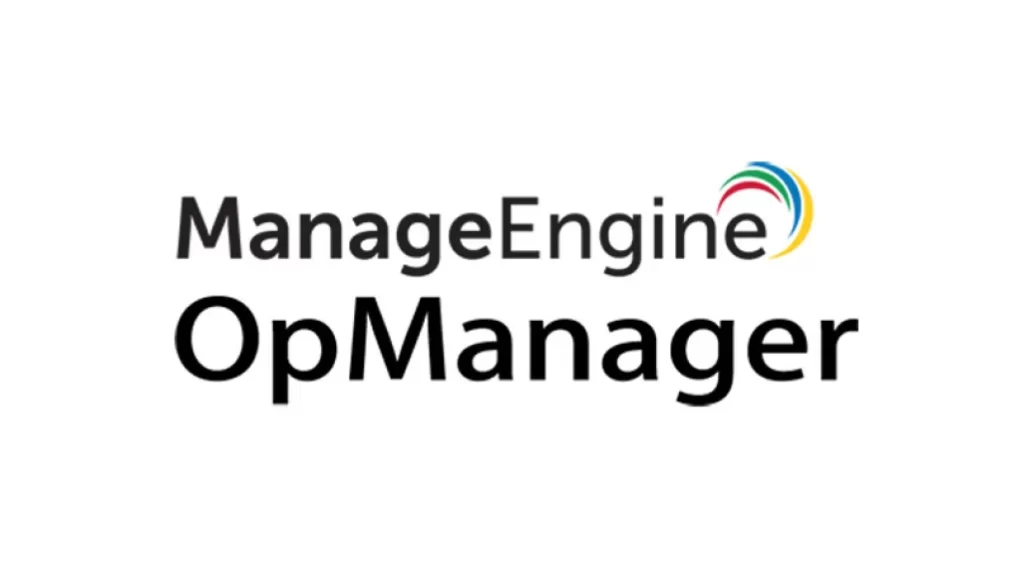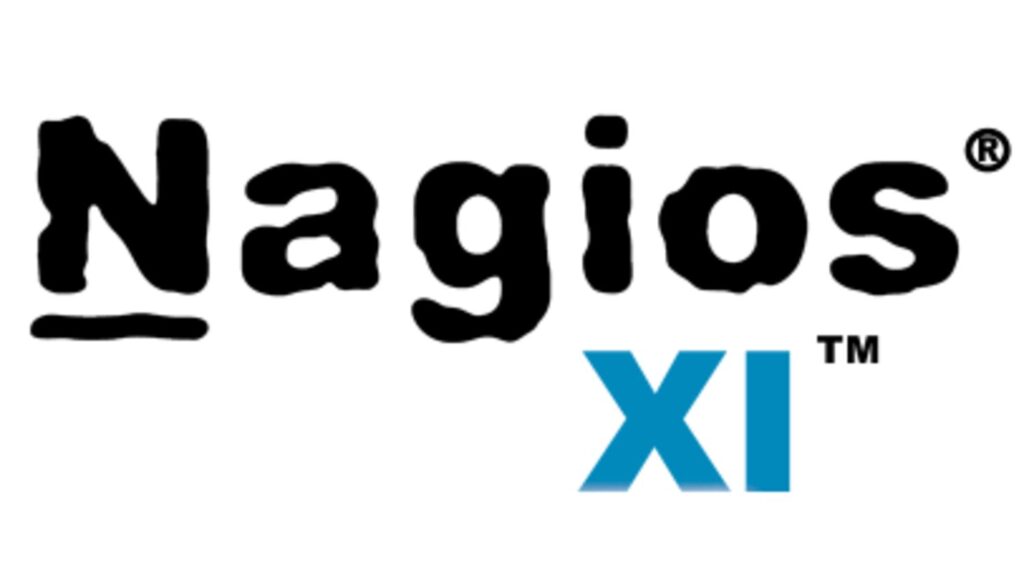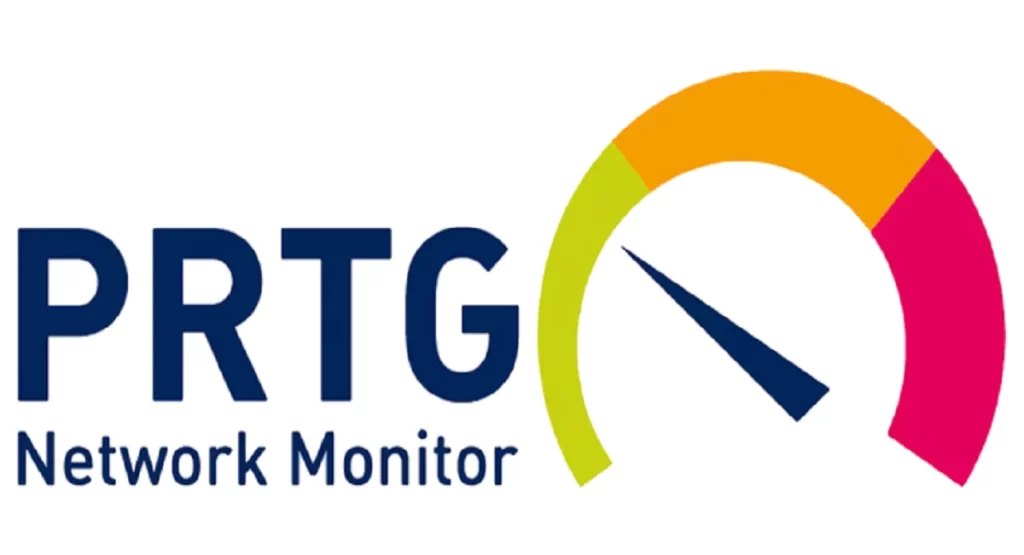Welcome to our comprehensive guide on finding the best SolarWinds alternative. If you’re looking to explore alternatives to SolarWinds, you’re in the right place. In this article, we will discuss some of the top alternatives available in the market that can meet your network and IT management needs. We understand the importance of finding a reliable alternative that aligns with your requirements, and we’re here to help you make an informed decision.
Table of Contents
- Understanding SolarWinds Alternatives
- The Importance of Finding a Reliable Alternative
- Key Features to Look for in a SolarWinds Alternative
- Top Alternatives to SolarWinds
- Nagios XI
- PRTG Network Monitor
- ManageEngine OpManager
- Additional Considerations When Choosing an Alternative
- Cost-effectiveness
- Support and Community
- Scalability for Large Enterprises
- Cloud-Based Solutions
- FAQ
- What is SolarWinds?
- Why would someone look for an alternative to SolarWinds?
- Are these alternatives suitable for small businesses?
- Can I try these alternatives before making a decision?
- How do I ensure a smooth transition from SolarWinds to an alternative?
- Conclusion
Understanding SolarWinds Alternatives
Before we delve into the alternatives, let’s briefly understand the reasons why one might consider exploring other options. SolarWinds is a popular software solution known for its network and IT management services. However, different users have different needs and preferences. Some may seek alternatives due to specific limitations they encounter or a desire for change and innovation.
The Importance of Finding a Reliable Alternative
Finding a reliable alternative to SolarWinds is crucial to ensure seamless network and IT management. Your choice of alternative can significantly impact your organization’s operations and overall success. It’s important to note that the best alternative may vary depending on factors such as the size of your organization, specific requirements, and budgetary considerations. By evaluating various alternatives, you can discover the one that best suits your unique circumstances.
Key Features to Look for in a SolarWinds Alternative

When considering alternatives to SolarWinds, there are several key features and aspects you should take into account. These factors will help you determine the suitability of a particular solution for your organization. Here are some essential features to consider:
1. Scalability
Ensure that the alternative solution you choose can scale with your organization’s growth. Scalability is crucial as it allows your network and IT management infrastructure to expand seamlessly without disruptions, accommodating your evolving needs.
2. Ease of Use
Look for an alternative that is user-friendly and intuitive, enabling your team to quickly adapt to the new system. A solution with a steep learning curve can hinder productivity and lead to unnecessary delays in operations. User-friendly alternatives ensure a smooth transition and often provide comprehensive documentation or training resources.
3. Security Measures
In today’s digital landscape, cybersecurity is of paramount importance. Make sure the alternative solution offers robust security features to protect your network and sensitive data. Look for features such as advanced threat detection, encryption, and multi-factor authentication to safeguard your infrastructure from potential vulnerabilities.
4. Customization Options
Every organization has unique requirements, and your chosen alternative should allow for customization. The ability to tailor the software to your specific needs ensures optimal functionality and a seamless fit within your existing IT infrastructure.
5. Integration Capabilities
Consider how well the alternative solution integrates with your current systems and software. Smooth integration minimizes disruptions and enhances overall efficiency. Look for options that offer compatibility with popular tools and applications commonly used within your industry.
Top Alternatives to SolarWinds

Now, let’s explore some of the top alternatives to SolarWinds that you can consider:
1. Nagios XI
Nagios XI is a powerful network monitoring and management solution that provides comprehensive monitoring capabilities. It offers scalability, ease of use, and a wide range of features, such as customizable dashboards, notifications, and reporting. With its robust plugin architecture, Nagios XI allows for deep customization and integration with other tools and systems.
Nagios XI offers a centralized monitoring platform that enables you to monitor network devices, servers, applications, and services in real time. The solution provides extensive monitoring capabilities, including uptime and performance monitoring, alerting, capacity planning, and trend analysis. The customizable dashboards allow you to create personalized views, displaying critical information at a glance.
2. PRTG Network Monitor
PRTG Network Monitor is a feature-rich network monitoring solution known for its ease of use and scalability. It offers real-time monitoring, customizable dashboards, and extensive sensor options. PRTG Network Monitor supports a wide range of technologies and provides in-depth insights into your network infrastructure.
With PRTG Network Monitor, you can monitor devices, traffic, applications, and services across your entire network. The solution offers a variety of sensors that collect data and provide detailed metrics, allowing you to identify and resolve issues quickly. Its user-friendly interface and intuitive setup process make it accessible for users with varying levels of technical expertise.
3. ManageEngine OpManager
ManageEngine OpManager is a comprehensive network monitoring and management tool that offers scalability and a user-friendly interface. It provides features such as network performance monitoring, fault management, and customizable reports. OpManager also offers integrations with other ManageEngine products for enhanced IT management capabilities.
OpManager allows you to monitor network devices, servers, virtual machines, and applications from a single console. It provides real-time visibility into the health and performance of your network infrastructure, allowing you to detect and resolve issues proactively. OpManager’s intuitive interface and customizable dashboards enable easy navigation and quick access to critical information.
Additional Considerations When Choosing an Alternative

In addition to the key features mentioned above, there are some other factors to consider when selecting a SolarWinds alternative:
1. Cost-effectiveness
Evaluate the pricing structure of each alternative and consider whether it aligns with your budget. Some alternatives may offer flexible pricing options, including subscription-based models or free versions with limited features. Assess your organization’s financial capabilities and choose an alternative that provides the best value for your investment.
2. Support and Community
Consider the availability of support options and the strength of the user community surrounding each alternative. Look for alternatives that offer comprehensive documentation, online forums, and active user communities. This ensures that you have access to resources and assistance when you encounter challenges or need guidance during implementation or usage.
3. Scalability for Large Enterprises
If you belong to a large enterprise, consider alternatives that have a proven track record of scalability in enterprise-level environments. Large organizations often have complex networks and IT infrastructures that require robust solutions capable of handling significant data volumes and high traffic loads.
4. Cloud-Based Solutions
With the increasing popularity of cloud computing, consider alternatives that offer cloud-based deployment options. Cloud-based solutions provide the advantages of scalability, flexibility, and reduced infrastructure costs. They allow you to access your network and IT management tools from anywhere, making them suitable for distributed teams or organizations with multiple locations.
FAQ
1. What is SolarWinds?
SolarWinds is a software company that provides network and IT management solutions. Their flagship product, SolarWinds Network Performance Monitor, offers comprehensive network monitoring, performance analysis, and troubleshooting capabilities. It helps organizations monitor and manage their network infrastructure to ensure optimal performance and minimize downtime.
2. Why would someone look for an alternative to SolarWinds?
There can be several reasons why someone might consider exploring alternatives to SolarWinds. Some common reasons include:
- Specific feature requirements: Certain organizations may have unique needs or specific feature requirements that are not fully met by SolarWinds.
- Budget constraints: SolarWinds can be a significant investment, and organizations with limited budgets may seek more cost-effective alternatives.
- Scalability limitations: As organizations grow, their network management needs may evolve, requiring a more scalable solution that can handle increased traffic and data volumes.
- Desire for different user experiences: User interface and usability preferences vary across organizations. Some may prefer alternative solutions that offer a different user experience or workflow.
3. Are these alternatives suitable for small businesses?
Yes, the alternatives mentioned in this article, such as Nagios XI, PRTG Network Monitor, and ManageEngine OpManager, are suitable for small businesses. These solutions offer scalability options that can accommodate the needs of small organizations. However, it’s essential to evaluate each alternative based on your specific requirements and budgetary considerations to ensure the best fit for your small business.
4. Can I try these alternatives before making a decision?
Yes, most alternative solutions offer trial versions or demos that allow you to explore their features and functionalities before making a decision. Take advantage of these trial periods to test the alternatives and assess how well they meet your organization’s needs. Additionally, consider reaching out to the solution providers to inquire about trial options or to schedule a product demonstration.
5. How do I ensure a smooth transition from SolarWinds to an alternative?
To ensure a smooth transition from SolarWinds to an alternative, consider the following steps:
- Thoroughly evaluate the alternative solution’s features and capabilities to ensure they align with your requirements.
- Plan the migration process carefully, including data migration and configuration setup.
- Communicate the transition plan to your team and provide necessary training and documentation to facilitate the adoption of the new solution.
- Conduct a phased migration if feasible, starting with a small subset of devices or services to test and validate the alternative’s performance.
- Monitor the network closely during the transition phase and address any issues promptly.
- Seek assistance from the alternative solution’s support team or consult professional services if needed.
By following these steps and investing time in planning and executing the transition, you can minimize disruptions and ensure a successful switch to the chosen alternative.
Conclusion
In conclusion, when searching for a reliable SolarWinds alternative, consider factors such as scalability, ease of use, security measures, customization options, integration capabilities, cost-effectiveness, and support options. By evaluating various alternatives, including Nagios XI, PRTG Network Monitor, and ManageEngine OpManager, you can find a solution that best suits your organization’s network and IT management needs.
Additionally, consider other factors such as scalability for large enterprises and the availability of cloud-based deployment options. Don’t forget to explore trial versions or demos to gain hands-on experience with the alternatives before making a decision.
By carefully considering these factors and exploring the alternatives mentioned in this article, you’ll be well-equipped to make an informed decision and find a reliable SolarWinds alternative that empowers your organization’s network and IT management.








![[pii_email_7b79e3dde9472b5f2a8c]](https://rocketfiles.com/wp-content/uploads/2023/06/Blog-Image-Outlook-error-1-1-380x250.jpg)